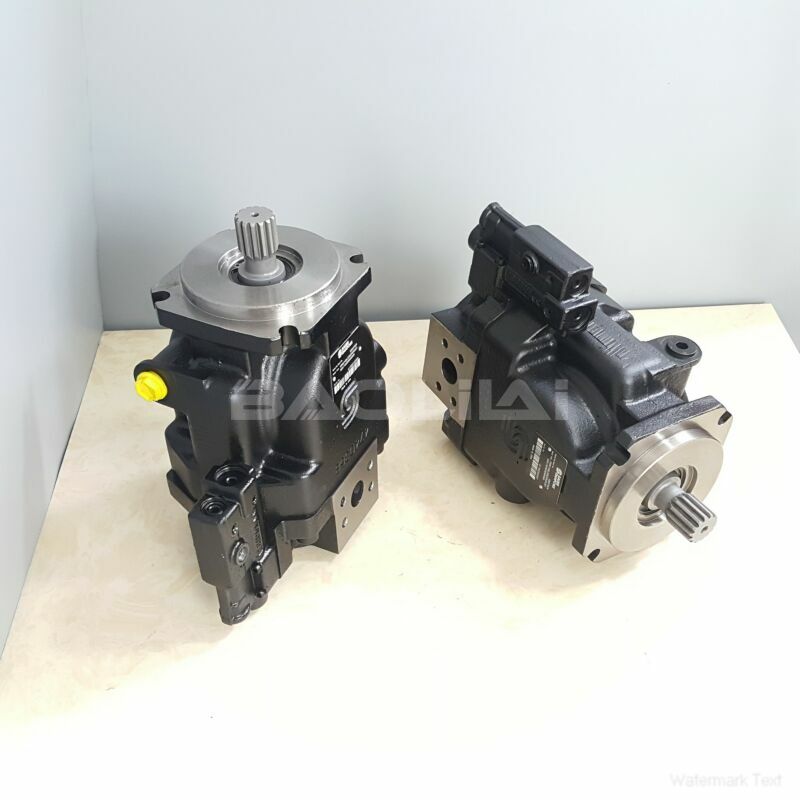FRL074BBS3128NNN3S2B2A1NNNNNNNNNN sauer danfoss pump
FRL074BBS3128NNN3S2B2A1NNNNNNNNNN sauer danfoss pump

- Product Details
- Applicable Scene
Piston pumps are crucial components in aircraft hydraulic systems, responsible for converting mechanical energy into hydraulic energy to operate various flight control systems, landing gear, and other vital functions. Given their importance, ensuring that these pumps operate efficiently and reliably is essential to the safety and performance of aircraft. One of the primary challenges in maintaining the effectiveness of piston pumps is preventing overheating and wear, which can lead to failures and costly repairs. This article explores strategies to mitigate these issues, ensuring the longevity and reliability of piston pumps in aviation applications.
FR-L-074B-BS-31-28-NN-N-3-S2B2-A1N-NNN-NNN-NNN
FRL074BBS3128NNN3S2B2A1NNNNNNNNNN
Overheating in piston pumps can be attributed to several factors, including excessive load, inadequate lubrication, and inefficient cooling. When a pump operates under high load conditions, the friction generated can exceed the heat dissipation capacity of the hydraulic fluid used. To combat this, it is vital to select appropriate hydraulic fluids that have optimal thermal properties and a high viscosity index. Utilizing fluids that can withstand higher temperatures without breaking down can significantly reduce the risk of overheating.

83062030
Furthermore, proper lubrication plays a crucial role in minimizing friction and wear. The introduction of additives in hydraulic fluids can enhance lubrication and reduce wear on moving parts during pump operation. Regular monitoring of fluid condition is essential, as contaminants and moisture can lead to reduced lubrication efficiency. Implementing a routine maintenance schedule to change the hydraulic fluid can help maintain the intended performance levels of the piston pump, thereby extending its operational life.
Cooling systems are also integral in preventing overheating. Many aircraft incorporate heat exchangers that help maintain optimal fluid temperatures. Ensuring these cooling systems are functioning effectively can prevent excessive heat buildup within the hydraulic system. Additionally, providing adequate ventilation around the pump and hydraulic components can assist in dissipating heat generated during operation.





